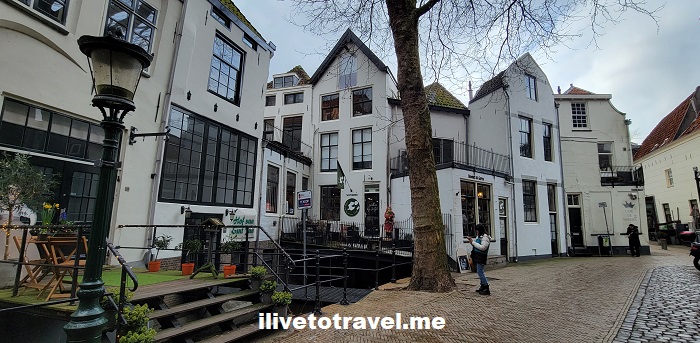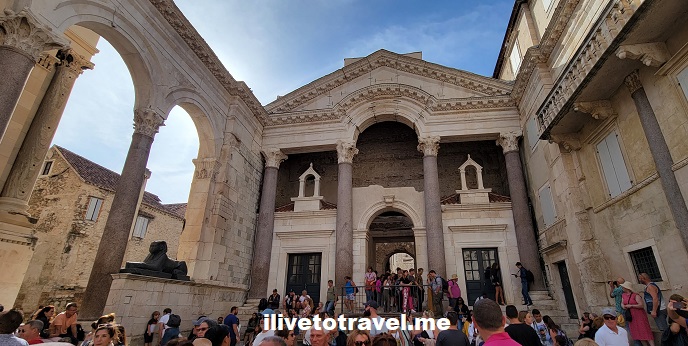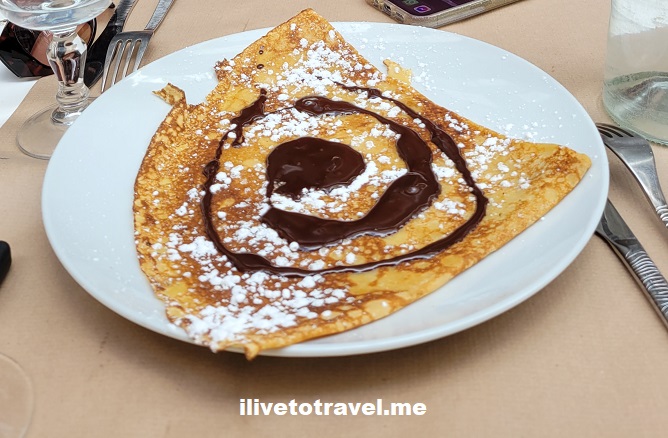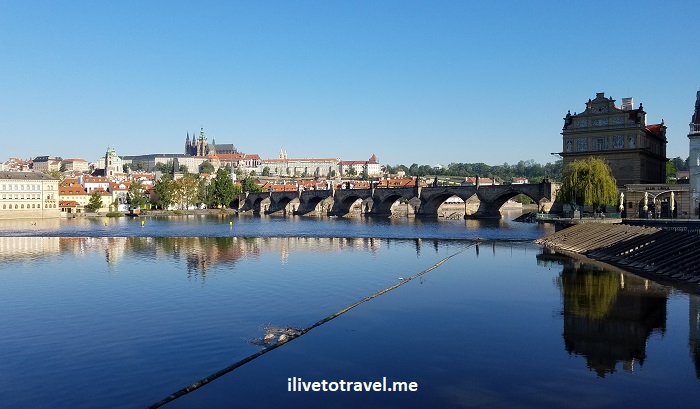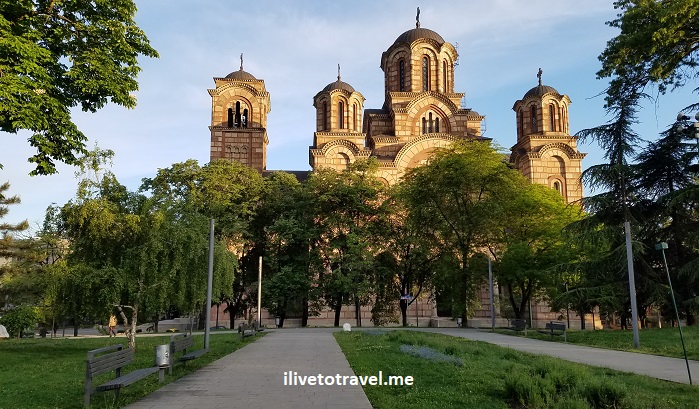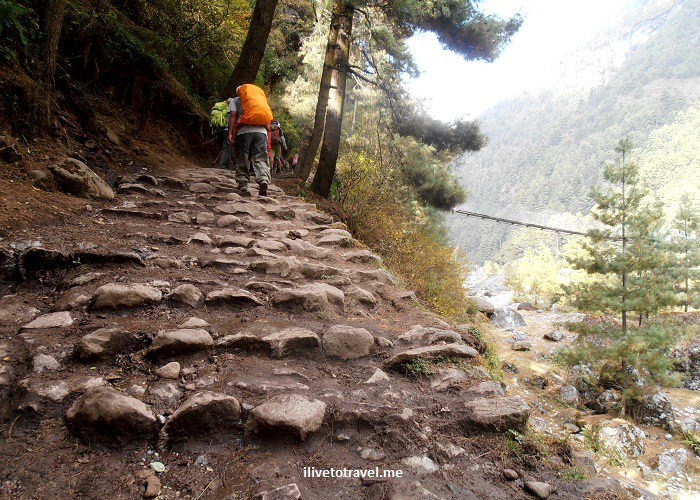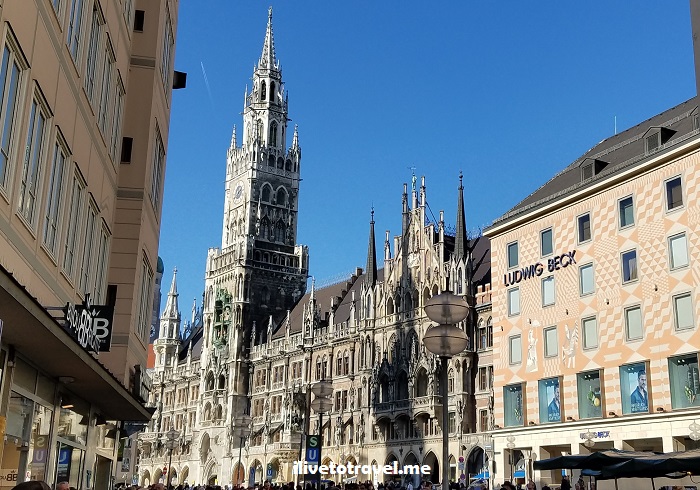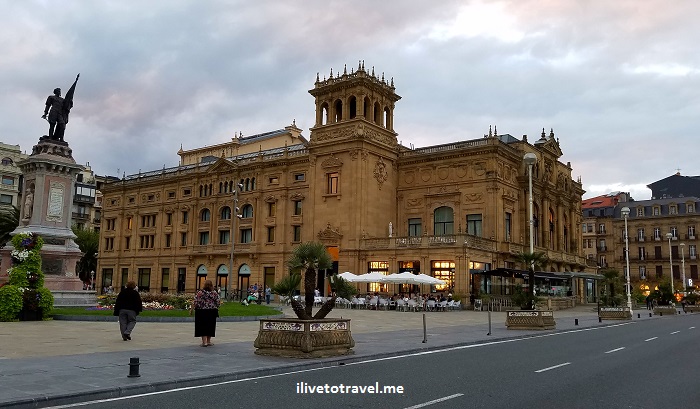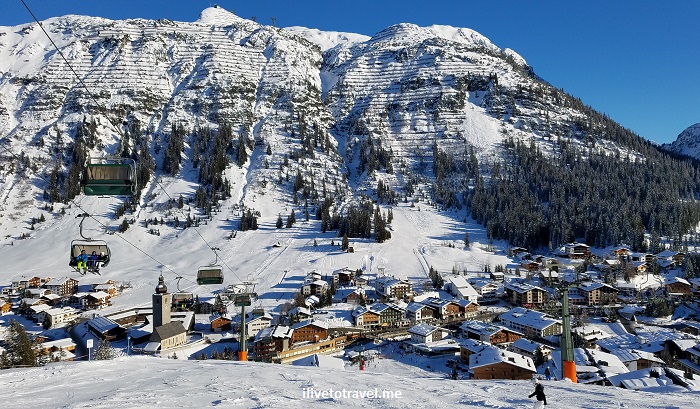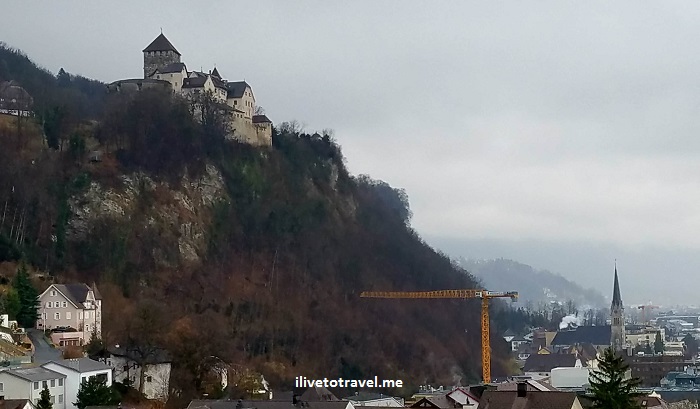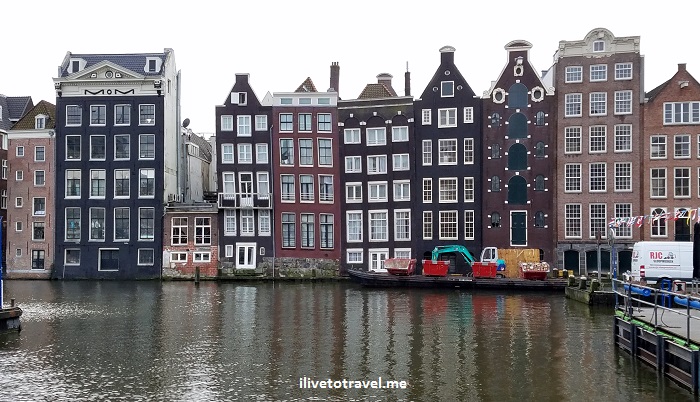travel
-
Cheese Town in The Netherlands: Gouda
More Details: Cheese Town in The Netherlands: GoudaAs my trip to The Netherlands was taking shape, I was looking forward to visiting the town eponymous with cheese: Gouda. I had never stop to contemplate what this cheese town in The Netherlands could actually be like, much less look it up. Gouda’s name doesn’t sound like it reads Once in The Netherlands, I…
-
It Is High Time to Explore Split!
More Details: It Is High Time to Explore Split!In between Venice, Italy and Dubrovnik, Croatia lie a number of islands and coastal towns that form Croatia’s Dalmatian coast. I have been fortunate to have visited Dubrovnik twice – as charming a town as I have ever seen. But, in a recent trip along the coast, I got to spend a brief day in…
-
Rouen: Full of History in War and Art
More Details: Rouen: Full of History in War and ArtFrance has so many destinations to explore, it is hard to cover them all or explore them as in-depth as they deserve. Even after living in Paris for 6 months many years ago, I could not cover all the territory that I would have liked. One of the towns that I always wanted to visit…
-
4 Tips to Visit the Charles Bridge in Prague
More Details: 4 Tips to Visit the Charles Bridge in PragueThe Charles Bridge in Prague deserves every bit of fame it gets for gracing and connecting Prague – a quite unique town itself. The Charles Bridge spans the Vltava River (not the Danube!) and provides ample photo opportunities for selfie-crazed tourists or normal tourists! I got to check it out or walk on it to…
-
9 Cool Places to See in Belgrade, Serbia
More Details: 9 Cool Places to See in Belgrade, SerbiaSerbia is in a unique spot in what seems to be where Central and Eastern Europe meet. It very likely is not in the top 10 target destinations for someone from North America but, of course, that means nothing to me: I had in on my list of places to see (it is a very…
-
How to Pack to Hike to Everest Base Camp
More Details: How to Pack to Hike to Everest Base CampMy hike in Nepal a couple of years ago along the route to Everest Base Camp (EBC) was a great experience. Many things have to be planned for such as how to get there and how to train. Packing for Everest Base Camp is also essential to have an enjoyable Nepal hiking experience. In this…
-
In-and-Out: Munich, Bavaria’s Capital
More Details: In-and-Out: Munich, Bavaria’s CapitalMunich (or, München, in German) is a great city on many levels. Its location, the Bavarian cuisine, the amazing architecture, and the many things to see and do make it a perfect place to explore over a few days. However, my chances to spend time there seem contained to a day or so. My first time was…
-
Off-the-Beaten-Path Sweden: Industrial Eskilstuna
More Details: Off-the-Beaten-Path Sweden: Industrial EskilstunaA year ago, I went to Sweden with the idea of spending a little more time in Stockholm than a one-day cruise ship stop allowed me years before. I really like Stockholm and its different neighborhoods, its surroundings (water!), and its old town. But, as part of this short trip, I also felt the urge…
-
Eating Out and Exploring San Sebastian, Spain – Phenomenal!
More Details: Eating Out and Exploring San Sebastian, Spain – Phenomenal!As I mentioned in my earlier post, one of the goals of our trip to Spain was to visit the lands from which some of my Mom’s ancestors came to Cuba. San Sebastian (or “Donostia” in the local language), in Spain’s Basque country, was perfectly situated to serve as our base to explore before heading…
-
Not Just Skiing in Lech, Austria – Delighting in Après-Skiing too!
More Details: Not Just Skiing in Lech, Austria – Delighting in Après-Skiing too!Ahh, summertime… perfect time to reminisce about, what else? Winter! My time skiing in Lech, Austria to be more precise, fulfilling my dream to ski in the Alps. Yes, the warm, humid days of the Atlanta summer make me long for winter… Well, I have to say that it is not like we are in…
-
Small European Countries – One Left to Go!
More Details: Small European Countries – One Left to Go!I admit it, I am not ashamed to share it. It is frivolous and perhaps not terribly inspiring. Hopefully, not embarrassing. Or so I tell myself… (Is there a support group, perhaps?) Here it is… I do want to finish the little ones in Europe; the little countries, I mean. I don’t mean “finish them” as…
-
Photos of the Week – Sights of Amsterdam
More Details: Photos of the Week – Sights of AmsterdamAmsterdam is such a unique city. It is like Venice meets… meets… I am not sure what! It is a charm typical of old cities, of cities by the water, of cities with architecture seen nowhere else, and of cities with a one-of-a-kind type of energy (and I don’t mean that in terms of the red…
